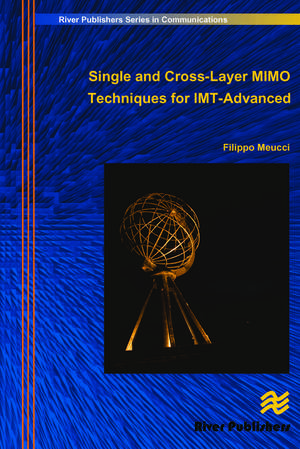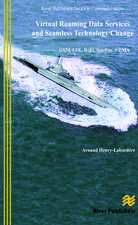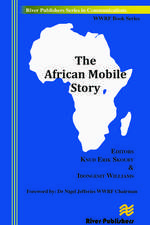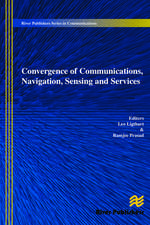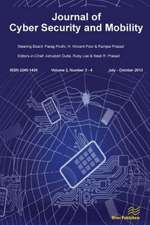Single and Cross-Layer Mimo Techniques for Imt-Advanced
Autor Filippo Meuccien Limba Engleză Hardback – 24 ian 2011
| Toate formatele și edițiile | Preț | Express |
|---|---|---|
| Paperback (1) | 298.83 lei 6-8 săpt. | |
| River Publishers – 21 oct 2024 | 298.83 lei 6-8 săpt. | |
| Hardback (1) | 782.44 lei 6-8 săpt. | |
| River Publishers – 24 ian 2011 | 782.44 lei 6-8 săpt. |
Preț: 782.44 lei
Preț vechi: 954.19 lei
-18% Nou
Puncte Express: 1174
Preț estimativ în valută:
149.77€ • 162.74$ • 125.89£
149.77€ • 162.74$ • 125.89£
Carte tipărită la comandă
Livrare economică 21 aprilie-05 mai
Preluare comenzi: 021 569.72.76
Specificații
ISBN-13: 9788792329509
ISBN-10: 8792329500
Pagini: 228
Dimensiuni: 156 x 234 x 14 mm
Greutate: 0.45 kg
Ediția:1
Editura: River Publishers
Colecția River Publishers
ISBN-10: 8792329500
Pagini: 228
Dimensiuni: 156 x 234 x 14 mm
Greutate: 0.45 kg
Ediția:1
Editura: River Publishers
Colecția River Publishers
Cuprins
Single and Cross-Layer Mimo Techniques for Imt-Advanced
Descriere
Single and Cross-Layer MIMO Techniques for IMT-Advanced will present some advanced MIMO techniques where adaptivity, cross-layer approach, and MIMO antennae are analyzed together to show a deep impact on the sum-capacityachievable over the wireless link.
